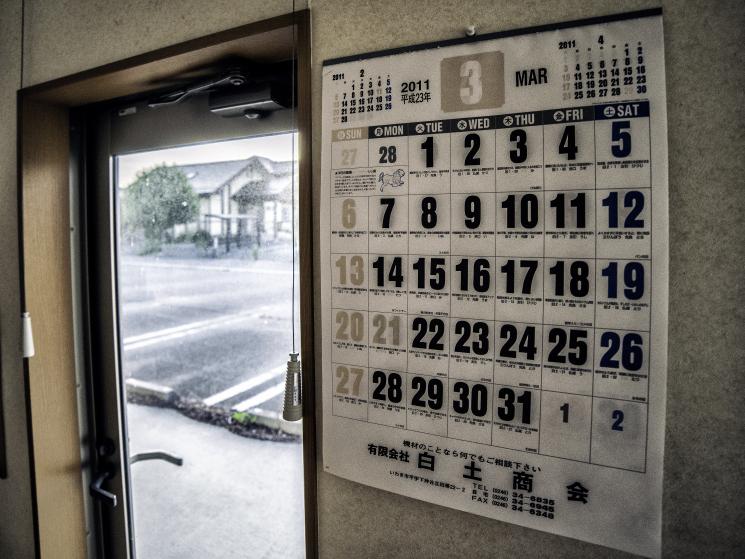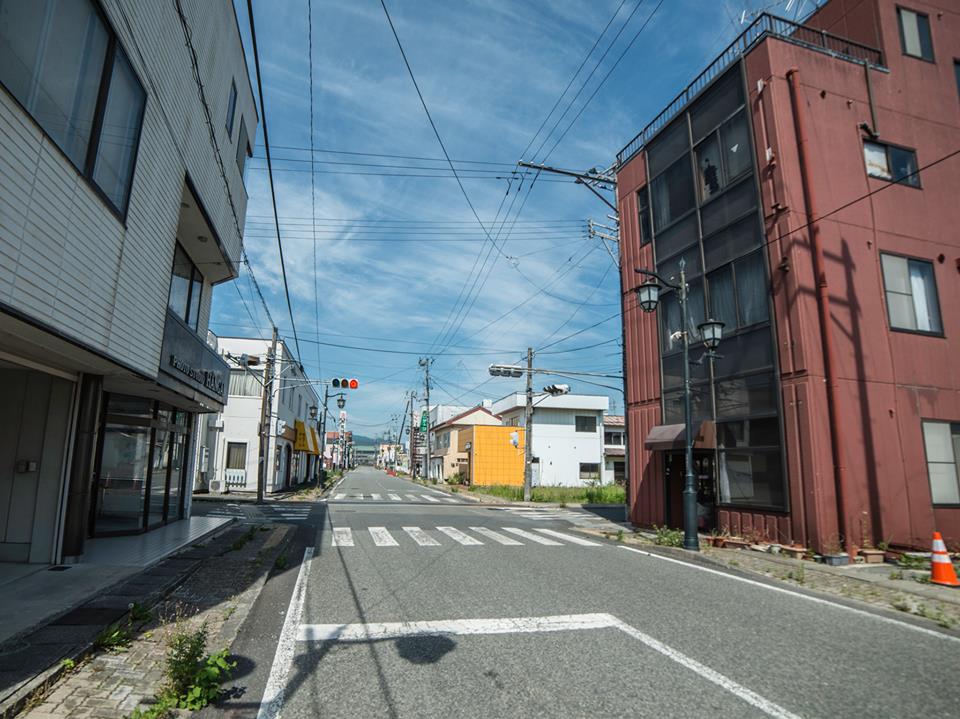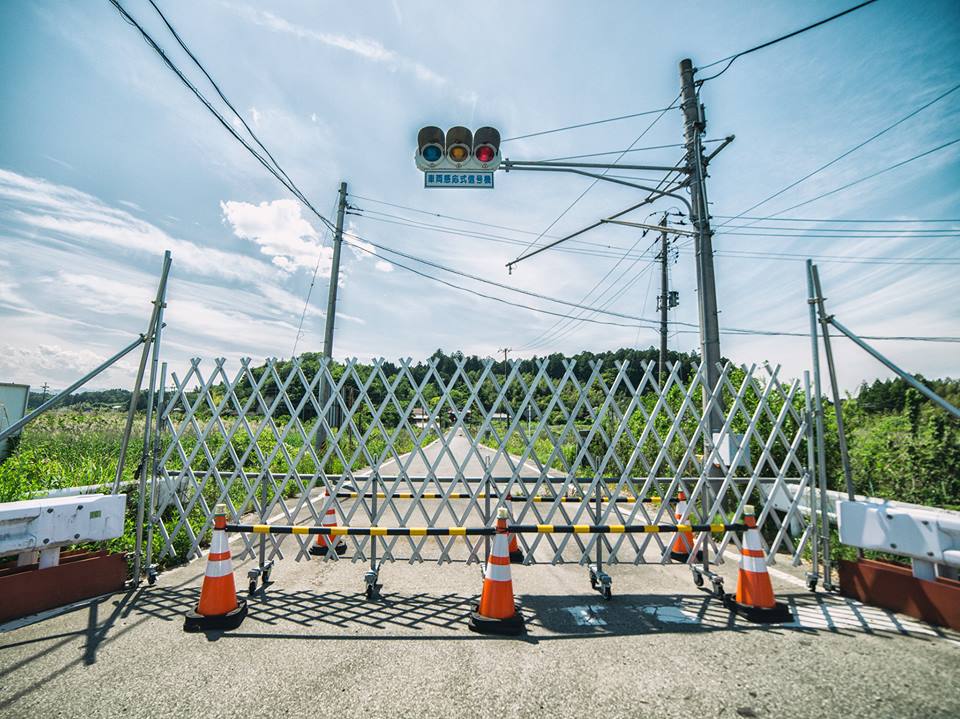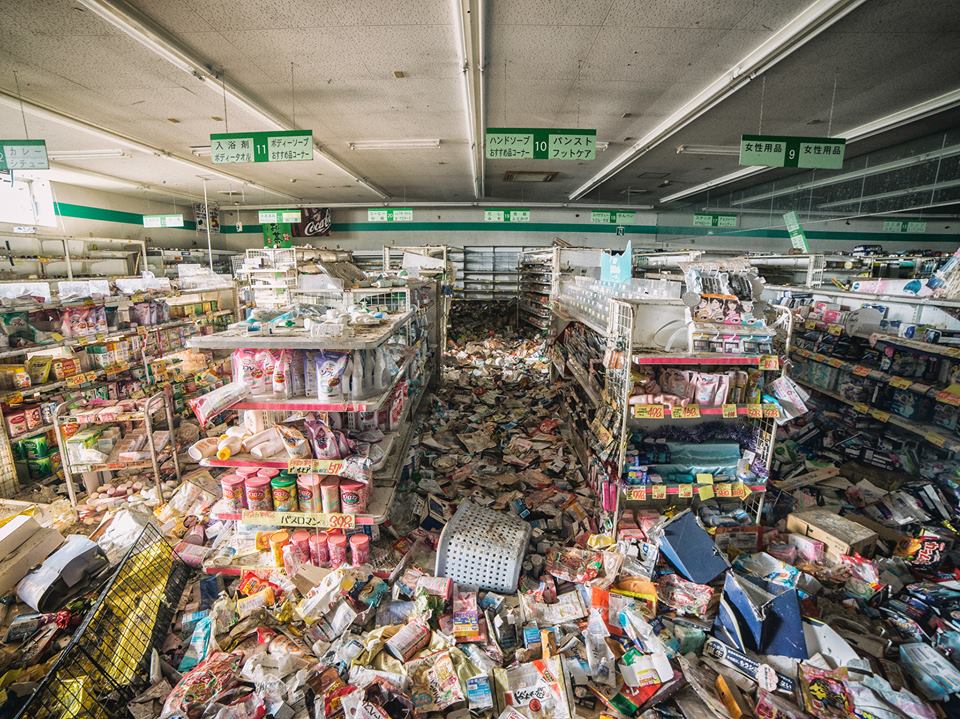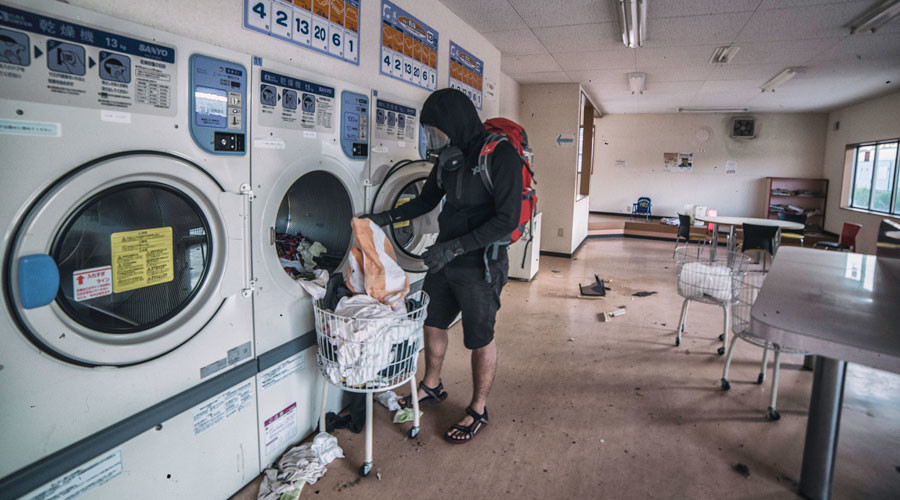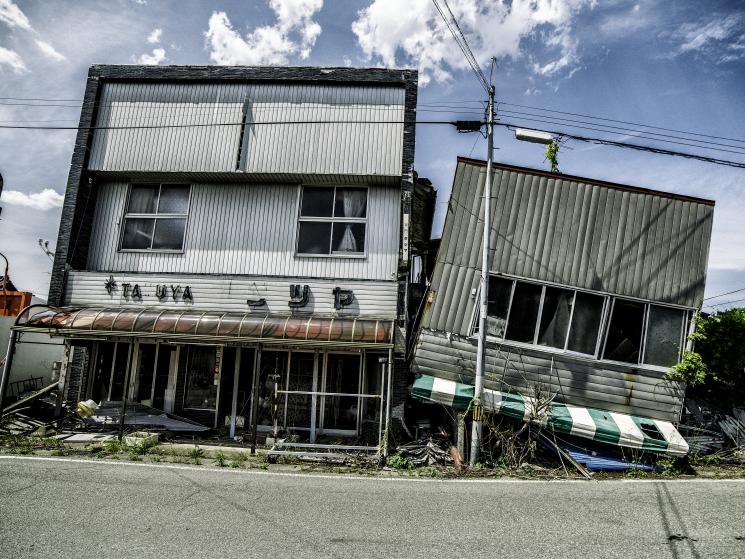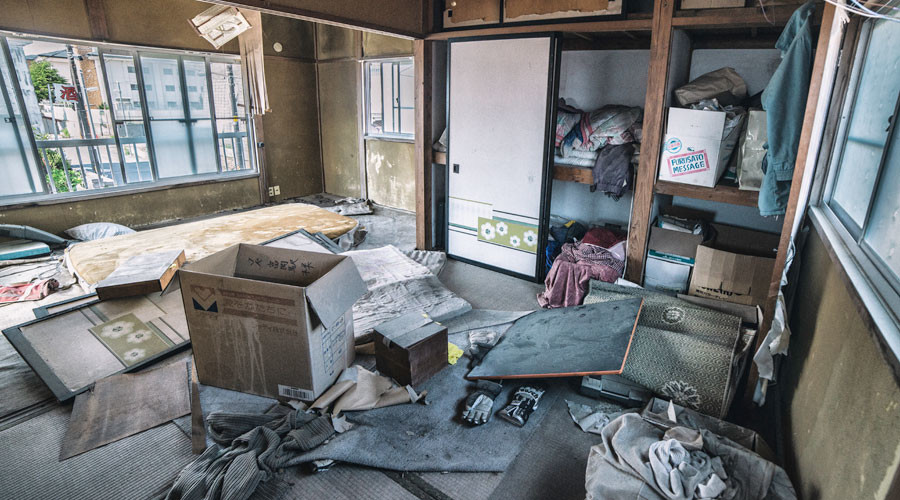March 11th, 2011. An earthquake hits Japan with such tremendous force that the entire planet is shaken. Literally.
The resulting tsunami kills thousands, and destabilises the Fukushima Daiichi nuclear power plant. Nearby residents are evacuated.
Then…nothing.
Time stops in the exclusion zone. It becomes a ghost town, free of activity outside of automated services that eerily continue to function, like the traffic lights.
Five years have passed since the incident, and few humans have walked through the town since. Special permits are required to access the irradiated area, and requests for them can take up to a month to process.
One of the few people who have stepped inside the 20 km hot-zone surrounding the dormant power plant is 27 year-old urban explorer and photographer Keow Wee Loong. “I like to photograph places where people don’t go,” he told TIME. It’s a quest that has taken him to the peaks of volcanoes, atop some of Asia’s most iconic buildings (he climbed the ~86m Wat Arun temple in flip-flops) and, last month, it led to him sneaking through 25km of forest into a world that has been suspended in time for half a decade.
Keow’s images capture the frantic nature of the evacuation, and the terror which the town’s inhabitants must have faced. Items scatter the floor of local supermarkets, consumed or discarded by those stocking up as they prepare to leave their lives behind. Notably, many products remain on the shelves; looters have not managed to pick the stores clean, in stark contrast to the aftermath of incidents like the Chernobyl crisis. It’s not difficult to assume these people were much more aware of the danger they faced.
Meanwhile, in a nearby laundromat, concerned citizens left without retrieving their clothes.
Astonishingly, Keow entered the zone without a radiation suit, as he found he could not afford one when first arriving in Japan from his home in Malaysia. “When I enter(ed) the red zone, I (could) feel a burning sensation in my eyes and a thick chemical smell in the air,” he recalled on his Facebook page, where he first revealed the images.
The extent of his radiation exposure is unknown, as the radiation spread disproportionately throughout the region.
Though Keow makes clear that his photography is not meant to be political, he hopes that the images will raise awareness of the dangers involved in utilising nuclear energy, and the impact it can have on people’s lives.
To see the entire collection of photos taken during Keow Wee Loong’s visit to the Fukushima exclusion zone, or to check out more of his work, visit his Facebook page.

